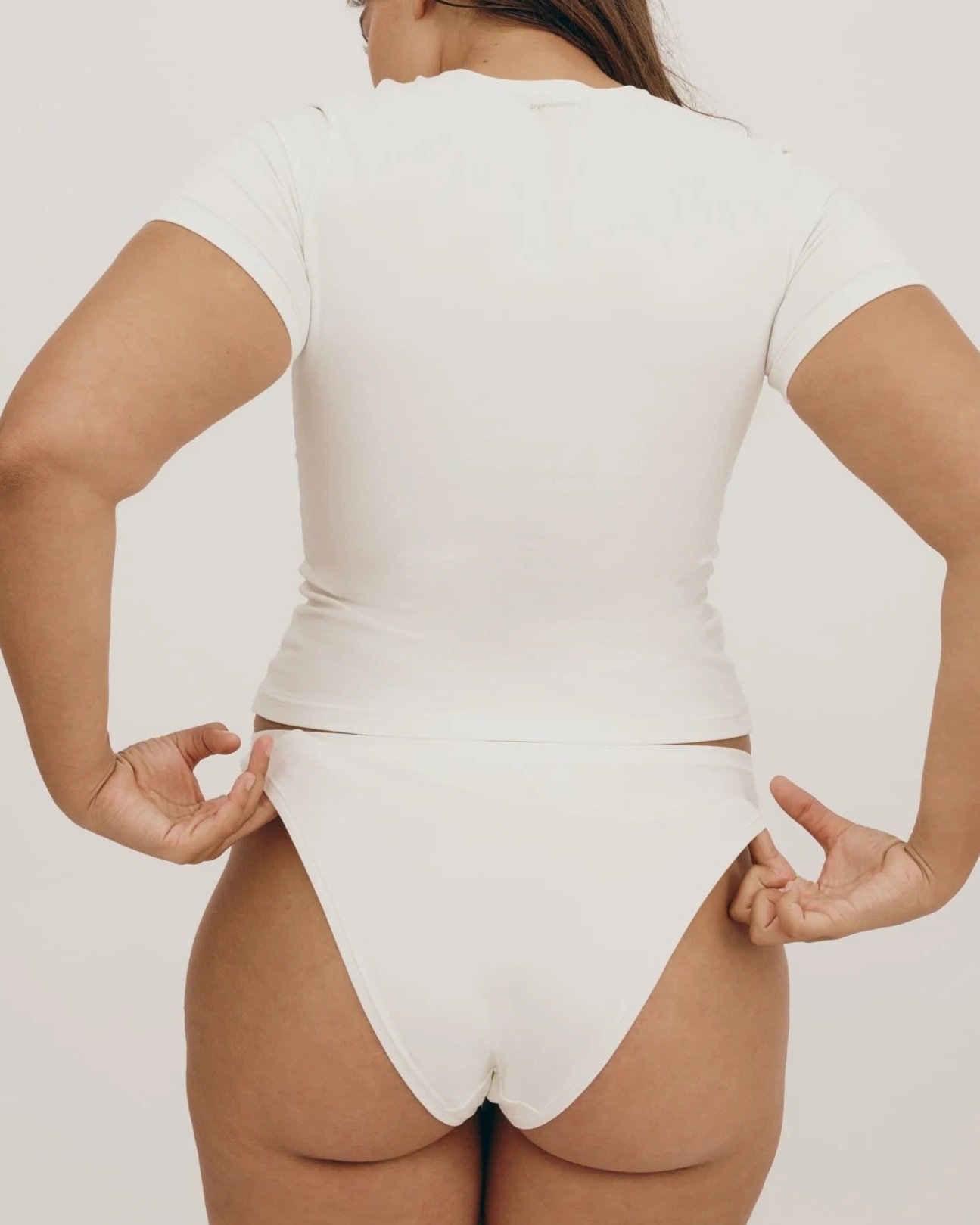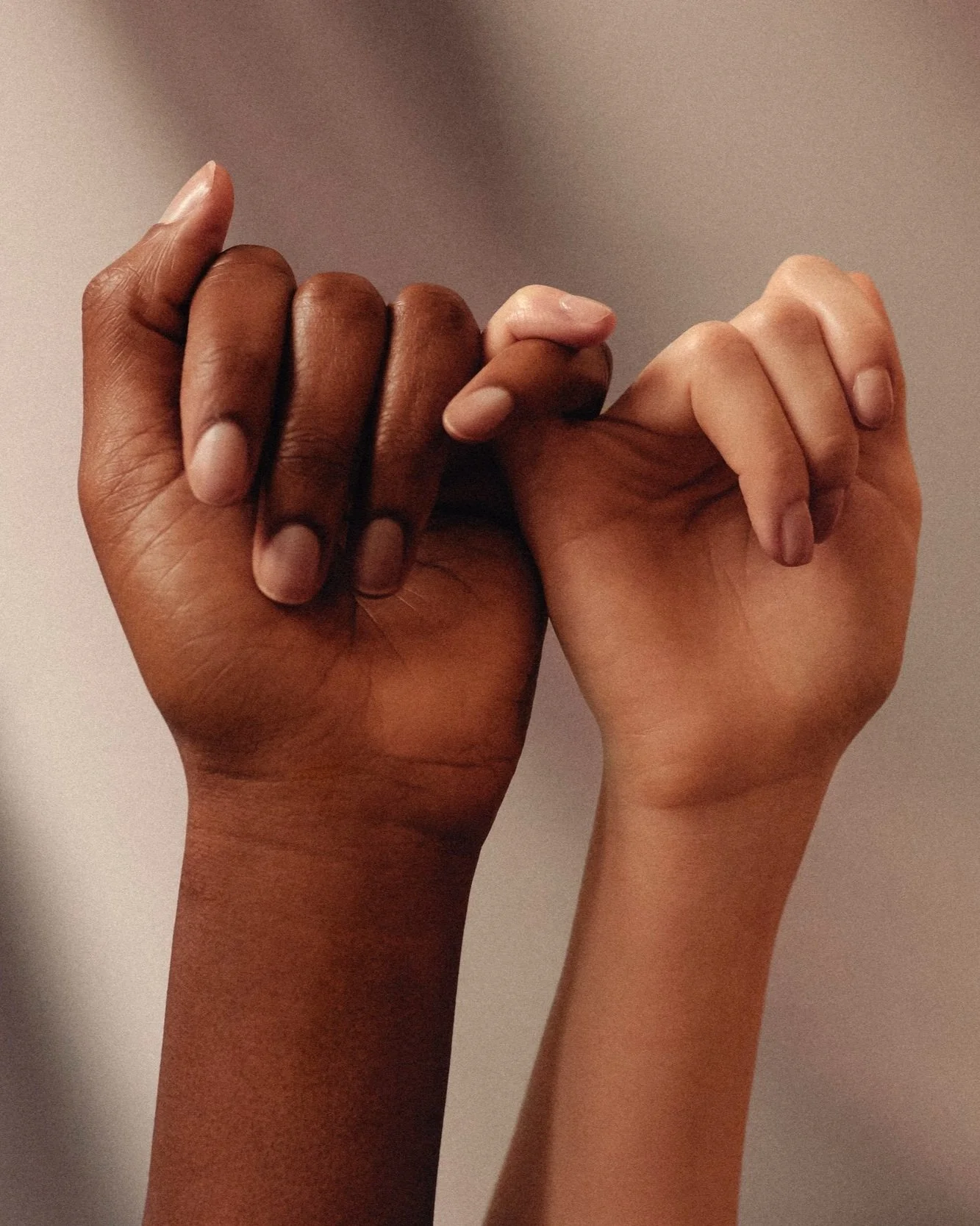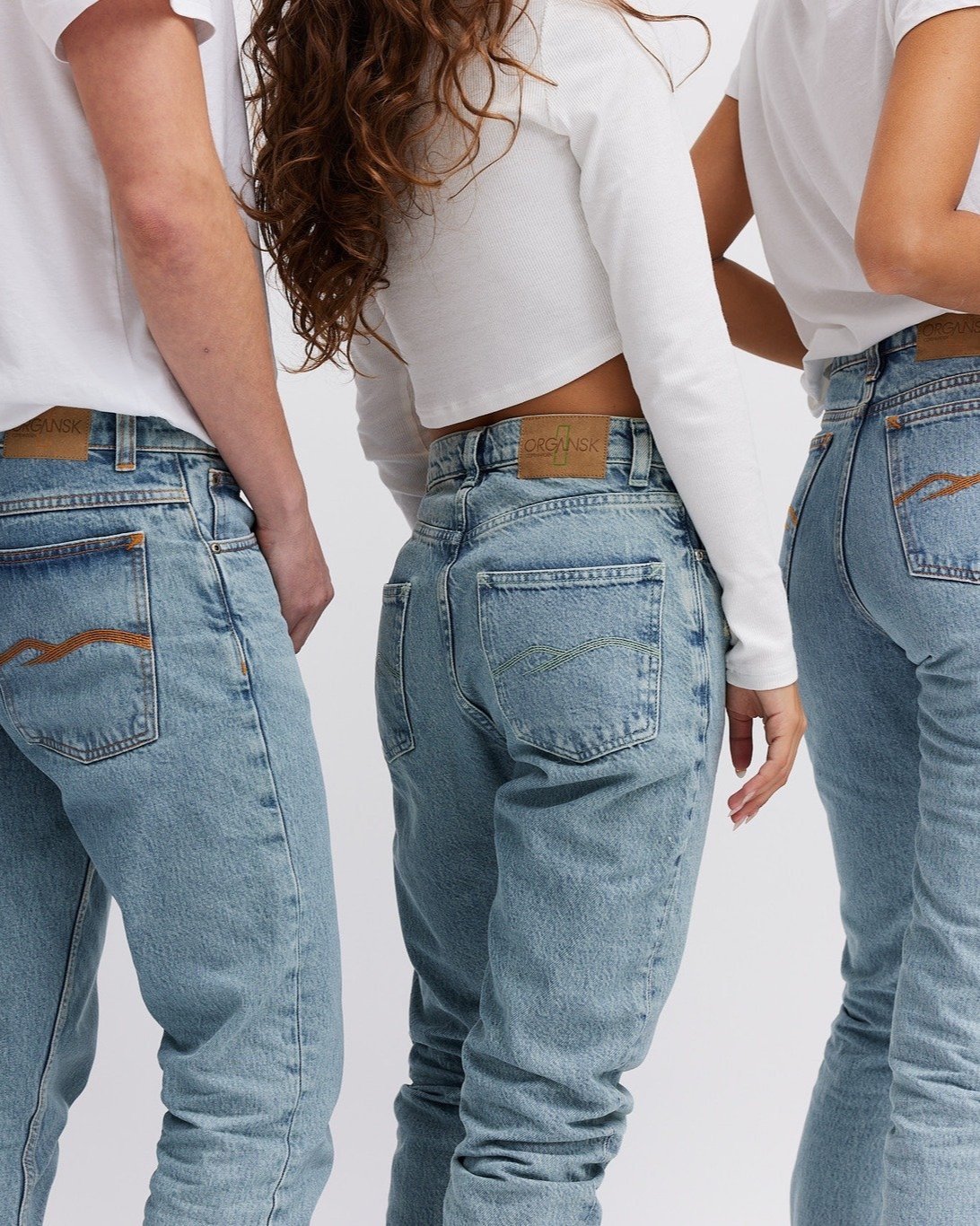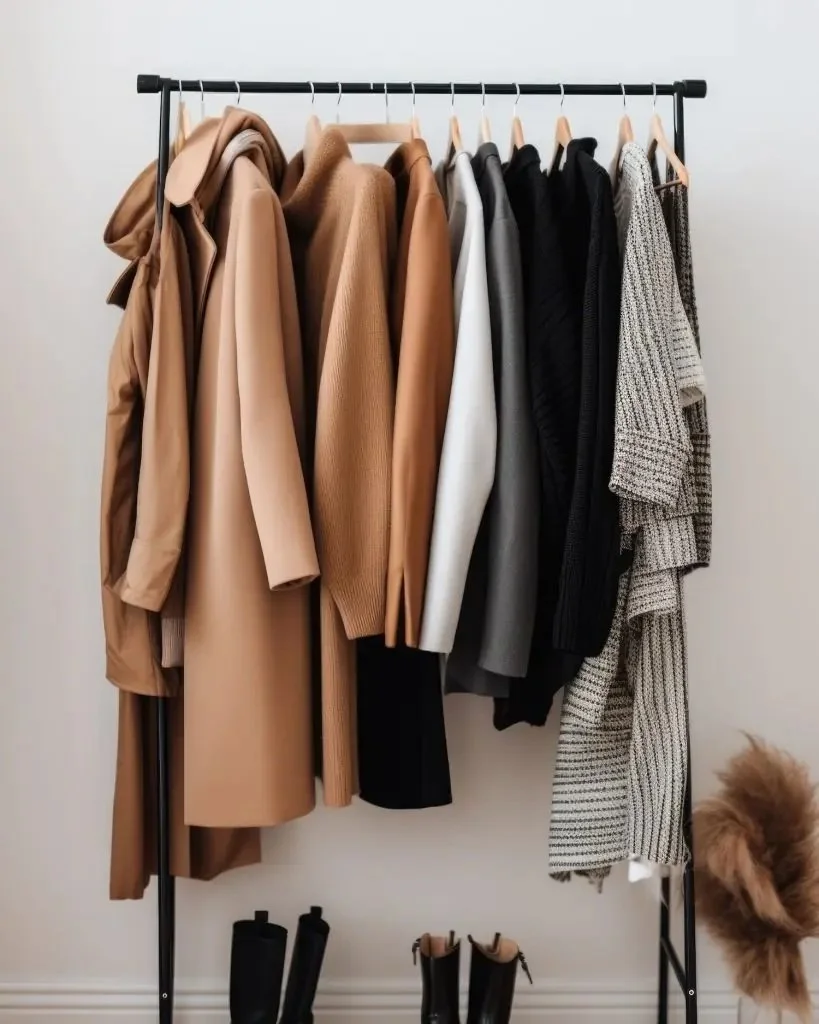Image: Outerknown
Disclosure: Some of the links below are affiliated; we may earn a small commission if you click through and make a purchase. We only feature brands that align with our values and contribute to a better world. Thank you for supporting these brands - and us!
The Best organic Flannel Shirts for Men and Women
The fashion industry is currently experiencing a significant transformation, with sustainability becoming a central focus. Nowadays, there are sustainable options available for almost every piece of clothing, including flannel shirts! These flannels are made from organic cotton or recycled materials, making them a responsible choice for any consumer looking to build a more sustainable wardrobe. Sustainable flannels are not only better for the planet, but they also offer style and versatility. Whether you want to dress up for a night out or go for a casual look, sustainable flannels provide a trendy and timeless option. They have a soft and comfortable feel, perfect for layering or wearing on their own.
Why Choose an Organic Cotton Flannel Shirt?
Organic cotton is a superior alternative to conventional cotton due to its adherence to organic agricultural standards. Its production method revolves around natural processes, thereby promoting the health of soils, ecosystems, and people. Also, Organic cotton farming prohibits the use of toxic chemicals or genetically modified organisms (GMOs).
Making the switch to organic cotton can result in significant water savings of up to 91% during the crop growth phase, as well as a reduction of 46% in greenhouse gas emissions. Furthermore, it grants farmers greater autonomy by eliminating the need to purchase expensive genetically modified seeds from a limited number of large corporations. Presently, only approximately 1% of all cotton produced is organic, underscoring the need for more individuals to abandon traditional cotton in favor of the more sustainable choice of organic cotton. To ensure the authenticity of organic cotton products, consumers should seek out certifications such as the Global Organic Textile Standard (GOTS) and the Organic Content Standard Certification (OCS).
Read more about Organic Cotton & GOTS Cotton.
Brand Rating Guide:
❤︎ = we like ❤︎❤︎ = we really like ❤︎❤︎❤︎ = we LOVE
Click here to learn how we rate brands on Sustainably Chic
Our Top Picks for Organic & Sustainable Flannel Shirts:
1. Pact
❤︎❤︎❤︎
For: Men & Women
Price: $78 - 88
Made In: India
Pact has a fantastic selection of sustainable organic cotton flannels.
They offer three options: one for men and two for women, including an oversized style and a regular style.
Each style is available in five different color combinations, giving customers plenty of choices.
What sets Pact apart is their commitment to sustainability and ethical production while having more affordable prices than other similar brands.
Their flannels are made in Fair Trade Certified Factories using GOTS organic cotton and are shipped in plastic-free responsible packaging.
Pact is also carbon neutral and has saved over 800 million gallons of water during production.
Their dedication to environmental and social responsibility makes them a standout choice for conscious consumers!
2. tentree
❤︎❤︎❤︎
Price: $53 - 98
Made In: India
tentree is an environmentally conscious brand that focuses on providing sustainable clothing for those who embrace a laid-back lifestyle.
They prioritize using fabric blends such as organic cotton and Kapok to create flannels that are not only comfortable but also naturally insulating.
One of Tentree's notable initiatives is their commitment to planting trees with a goal of reaching one billion trees planted by 2030. This ambitious undertaking is aimed at making a significant impact on reducing climate change.
To date, Tentree has successfully planted over 30 million trees and has also been involved in land restoration projects in more than eight countries.
3. Outerknown
❤︎❤︎❤︎
Price: $55 - 188
Made In: Peru
The Blanket shirts from Outerknown have gained widespread popularity for their commitment to sustainability and eco-friendliness.
These cozy flannel shirts are crafted from 100% organic cotton, ensuring both comfort and environmental responsibility.
What sets these shirts apart is the thoughtful use of corozo buttons, which are derived from tagua palm nuts collected from the forest floor, serving as a natural and sustainable alternative to plastic.
It's worth noting that Outerknown, a brand co-founded by pro surfer Kelly Slater, is accredited by the Fair Labor Association, underscoring its dedication to ethical production practices.
Furthermore, the brand stands out for its extensive use of recycled, organic, and 'regenerative' materials in 90% of its garments.
In a commendable move towards social responsibility, Outerknown collaborates with three partners certified by Fair Trade USA, further exemplifying the brand's commitment to ethical and sustainable fashion.
4. Patagonia
❤︎❤︎❤︎
For: Men & Women
Price: $50 - 139
Made In: Fair Trade Certified™ factory in Vietnam
Patagonia is a renowned sustainable brand known for its commitment to providing ethically made outdoor clothing.
The brand offers a diverse range of colors, styles, and fabric weights, all crafted from 100% organic cotton.
What sets Patagonia apart is its dedication to minimizing environmental impact. A significant 64% of the materials they use are recycled, and they exclusively use organically grown virgin cotton.
Patagonia also maintains transparency by openly sharing information about their owned facilities and suppliers across the entire supply chain, allowing customers to make informed decisions about their purchases.
5. Toad&Co.
❤︎❤︎
For: Men & Women
Price: $70 - 100
Made In: Turkey
Toad & Co is a reputable brand known for its environmentally conscious approach to fashion.
Their collection of flannel shirts, crafted from 100% organic cotton, not only promises high quality but also aligns with sustainable practices.
Toad & Co's commitment to sustainability is evident in their certifications from Bluesign and OEKO-TEX® Standard 100, with some products holding both certifications. This demonstrates their dedication to producing clothing that meets stringent environmental and human safety standards.
In addition to their environmental initiatives, Toad & Co is deeply committed to inclusivity. They operate a warehouse that provides training and employment opportunities for individuals with developmental and intellectual disabilities, reflecting their values of empowerment and diversity.
The brand's dedication to environmental conservation is evident through their membership in the Conservation Alliance and 1% For The Planet. Their support has contributed to the funding of 120 environmental protection organizations over the last two decades, showcasing their long-standing commitment to making a positive impact on the planet.
6. CARPASUS
❤︎❤︎
For: Men
Price: $109 - 185
Made In: Portugal
CARPASUS is a Swiss-based clothing brand dedicated to providing high-quality, sustainable clothing.
Their signature line features organic cotton flannel shirts, which are specifically designed to offer warmth and comfort in colder climates.
What sets CARPASUS apart is their commitment to using only certified organic cotton, sourced from one of the top flannel fabric weavers in Portugal. The shirts are meticulously crafted by a Portuguese manufacturer located just a short distance from the weaving mill, ensuring a close-knit production process.
CARPASUS prioritizes sustainability by opting for natural corozo buttons over plastic, further enhancing the eco-friendly appeal of their products.
7. Taylor Stitch
❤︎
For: Men
Price: $69 - 138
Made In: China
Taylor Stitch is an exceptional menswear brand renowned for its commitment to producing a diverse array of clothing items crafted from premium materials such as organic cottons, wools, and reclaimed fibers.
Their collection includes striking plaid flannel prints and a wide range of solid colors.
What truly distinguishes Taylor Stitch is their unwavering dedication to creating products that not only endure wear but also improve with time, which is a refreshing departure from the conventional approach to clothing design.
Taylor Stitch stands out as a remarkable brand that merits your attention and consideration!
MAKE SURE TO PIN THE PHOTO BELOW TO SAVE THIS POST FOR LATER!
WANT TO FIND MORE SUSTAINABLE BRANDS?
Our Brand Directory features hundreds of sustainable brands across various categories. Enjoy browsing and shopping with our exclusive discount codes for Sustainably Chic viewers…

















































